Recent Posts
Soot and Smoke
10/2/2023 (Permalink)
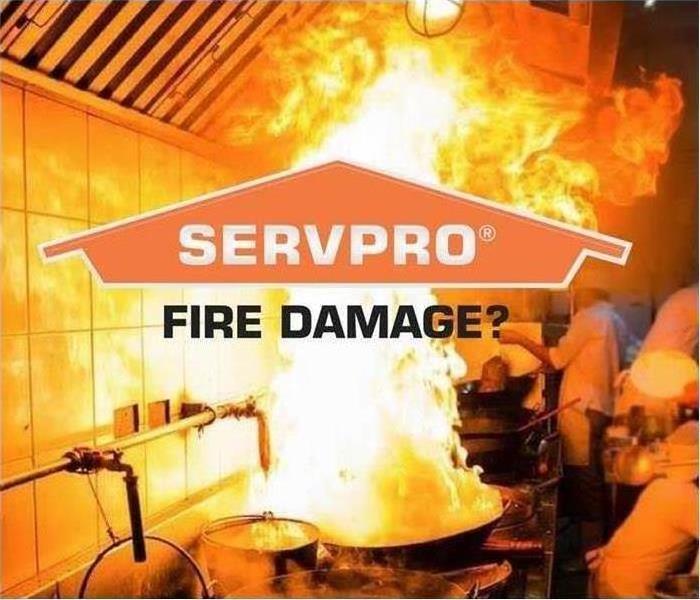 Fire Damage
Fire Damage
After experiencing a fire it is clear there are many different types of fire damage that need to be examined. A very important and destructive form of fire damage is the smoke and soot. One reason smoke and soot can be so damaging is the fact the extent of the damage is usually hidden fairly well. Our smoke damage expertise and experience allows us to inspect and accurately assess the extent of the damage to develop a comprehensive plan of action.
Different Types of Smoke:
When it comes to smoke there are two different types of smoke–wet and dry. As a result, there are different types of soot residue after a fire. SERVPRO® of Burbank starts by testing the soot to determine which type of smoke damage occurred. The cleaning procedures will then be based on the information identified during pretesting. Here is some additional information:
Wet Smoke – Plastic and Rubber
- Low heat, smoldering, pungent odor, sticky, smeary. Smoke webs are more difficult to clean.
Dry Smoke – Paper and Wood
- Fast burning, high temperatures, heat rises therefore smoke rises.
Protein Fire Residue – Produced by evaporation of material rather than from a fire
- Virtually invisible, discolors paints and varnishes, extreme pungent odor.
Smoke and soot facts:
To bring some more understanding on how smoke and soot work, here are some facts that could be potentially useful.
- Hot smoke migrates to cooler areas and upper levels of a structure.
- Smoke flows around plumbing systems, seeping through the holes used by pipes to go from floor to floor.
- The type of smoke may greatly affect the restoration process.
Our Fire Damage Restoration Services:
Since each smoke and fire damage situation is a little different, each one requires a unique solution tailored for the specific conditions. We have the equipment, expertise, and experience to restore your fire and smoke damage.
Have Questions about Fire, Smoke, or Soot Damage?
Call Us Today – (818) 842-1400
Water Damage Prevention
10/2/2023 (Permalink)
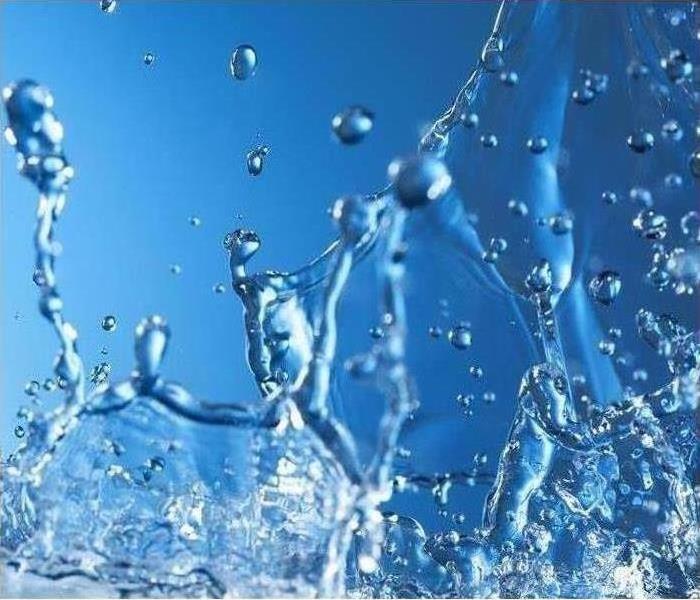 Water
Water
Water damage is a very unfortunate and stressful situation. All it takes is one leaky pipe and your valuables could be ruined. Water damage is one of the most common problems for homeowners, but a few simple steps can help protect your home or condo and your belongings.
To help keep your home dry, consider the following tips:
- Protect valuables: Irreplaceable documents, photographs and valuables should be stored in waterproof bags or containers. Reduce the risk of electrical shock by picking up electrical cords and extension cords lying on the ground.
- Look up: Check around windows, skylights, air vents and chimneys for leaks and repair them. Make sure your home’s downspouts extend at least 1.8 m (6 ft.) from the building.
- Check floor drains and sump pumps: Keep floor drains clear and remove any materials that could clog them. If you have a sump pump, inspect it to ensure it works.
- Install window well covers: Consider installing window well covers to keep window wells free from debris and pooling water.
- Inspect the roof: Inspect it for any missing or worn shingles: Replace the shingles and consider hiring a professional roofer to check your roof and complete any maintenance required.
- Turn the water off before going away: Make sure all water usage is turned off to prevent any mishaps.
We sincerely hope these experiences never happen to you but if they do we are standing by to help, SERVPRO® of Crescenta Valley/Glendale available 24 hours a day/7 days a week, and can be reached at (818) 790-2021
Fire Prevention
10/2/2023 (Permalink)
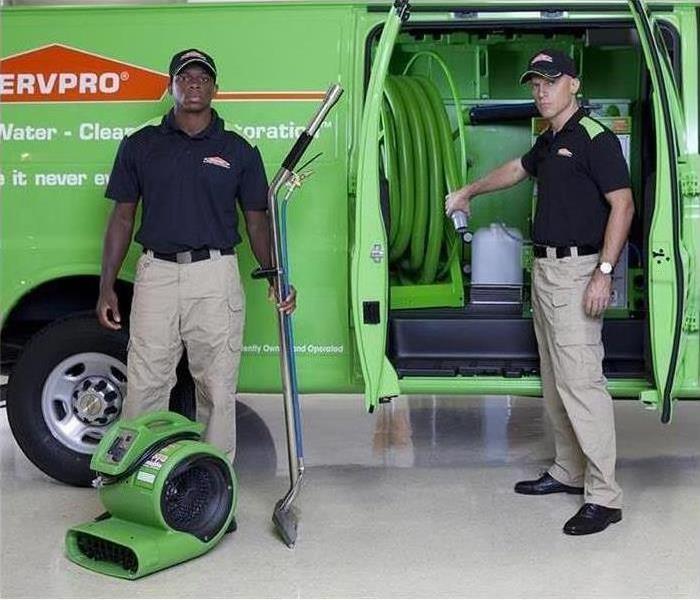 SERVPRO Crew with drying equipment
SERVPRO Crew with drying equipment
Most people know the basics of fire safety at home, such as not leaving burning candles unattended and keeping a fire extinguisher on hand. Here are a few more things you can do to prevent fires at home.
- Have your heating system serviced regularly by a professional.
- Including chimneys from wood-burning fireplaces. Clean around heat sources and keep dust and other flammable items away from ignition sources.
- Remove the lint from your dryer filter after every use.
- A clogged filter and lint trap makes your dryer less efficient, reduces the airflow needed to keep heat from building up in the vents, and forces lint onto the heating coils. Also, never let your dryer run when you are out of the house or when you’re asleep.
- Keep firewood, piles of leaves and trash away from the home.
- If a grass fire starts nearby, these items next to your home could easily become kindling. Never dump hot ashes inside or near your home; keep them in a metal container well away from your house and garage.
- Avoid using outlet extenders or plug-in power bars:
- They can quickly overload an electrical circuit. Replace old, damaged or frayed appliance cords, and never force a three-pronged plug into a two-slot outlet or extension cord.
- Store containers of cooking oil well away from the stove.
- When cooking with oil, never leave the stove unattended. To stop a grease fire, turn off the burner and place a lid on the pan to suffocate the flames, or pour on lots of baking soda. Never pour water on a grease fire or try to carry the pan outside; water splatters the grease and makes the fire bigger, and the pan will be much too hot to carry.
- Consider using borrowed heat to keep outdoor pets warm.
- During winter months, avoid using heat lamps, solar lamps, trouble lights, heated watering bowls or other such heated devices, which could lead to a potential fire. Borrowed heat involves providing warmth from a heating system located in a separate building. If this isn’t possible, consider bringing your pets inside.
- Be sure to properly extinguish smoking materials.
- Smoking materials that are not properly extinguished can smolder undetected for days before igniting a fire. Never discard smoking materials on the ground or in plant pots.
Info provided by: https://www.cooperators.ca/en/Answer-Centre/how-can-i-be-safe-and-prepared/home/five-best-ways-to-prevent-fires-in-home.aspx
SERVPRO Standards and the IICRC
9/21/2023 (Permalink)
Here at SERVPRO® of Crescenta Valley / East Glendale, all of our crew chiefs are certified Water Damage Restoration Technicians. Management staff are certified in Applied Structural Drying. We are a certified IICRC firm also. There is a standard for the industry and we follow it closely. We strive to be experts on the standard and SERVPRO stands out from our competition because of the amount of effort we put into training and development in field expertise.
What exactly is the IICRC?
The IICRC is the Institute of Inspection Cleaning and Restoration Certification, a non-profit organization for the cleaning and restoration industry. It's main purpose is to establish and advance globally recognized standards and certifications for the inspection, cleaning, restoration and installation industries.
When using SERVPRO of Crescenta Valley / East Glendale you can rest assured that we hold ourselves accountable to the IICRC standards. For more information on the IICRC visit the link below!
https://www.IICRC.org/
SERVPRO ERP
7/19/2022 (Permalink)
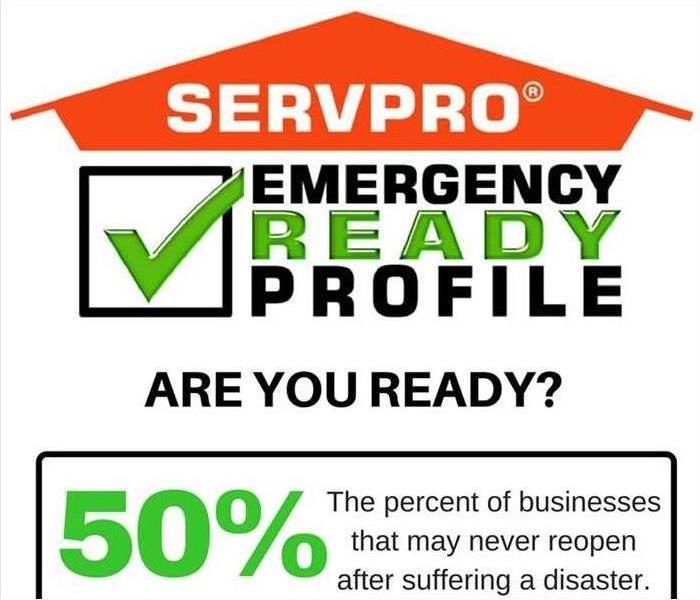 ERP
ERP
It is estimated that up to 50% of businesses that close due to a disaster, such as fire and flood never reopen! Of the businesses that survive, the overwhelming majority of them had a preparedness plan in place.
Are you “Ready for whatever happens?”
Preparation is a key component for making it through any size disaster, whether it’s a small water leak, a large fire, or an area flood. The best time to plan for such events is not when the event happens, but well before it happens.
The SERVPRO® Emergency READY Plan serves as a quick reference of important building and contact information or can be an ideal supplement to any well-designed emergency preparedness or existing contingency program. Rather than simply reacting to disaster situations, most prefer proactive measures to establish a relationship with a restoration services company.
By working with SERVPRO to develop your personalized Emergency READY Plan your business will receive the benefit of over 30 years of experience in reducing the impact of any natural or man-made disaster. SERVPRO is a leader in water and fire damage response for the greater LA area and can help you quickly get your property back in working order.
Call our office at (818) 842-1400 to learn more on how to set up this profile for your facility and get prepared before disaster strikes!
Hydroxyl Generators
6/17/2022 (Permalink)
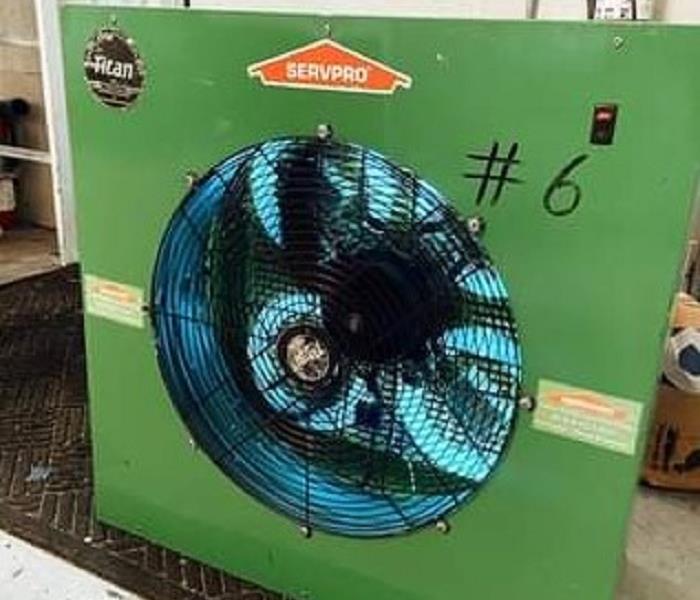 Titan
Titan
Here is a brief summary of one of our most technologically savvy and futuristic looking tools of our SERVPRO of Crescenta Valley / East Glendale tool belt. The Hydroxyl Generator (or more commonly known as ‘Titan’) is one of the most scientifically-advanced pieces of equipment we use to combat malodors and leave a property deodorized following biohazard, fire or water damage events.
The main benefit of using a true hydroxyl generator is that they are safe to use in occupied areas for deodorization purposes. For insurance companies and commercial businesses alike, they love this machine because it means less out of pocket expenses and henceforth, less business disruption!
These generators have been successfully tested on fires and other restoration and bio jobs, including protein fires, floods, dead body situations, skunk odors, pet urine odors, musty odors and many types of odors. However, it’s important to note that hydroxyl generators are not intended for use on mold remediation jobs where there is a large infestation on surfaces or behind walls. The established protocols should always be followed in these instances. But generators with good filtration are excellent for airborne microbial remediation where bacteria or fungi have become aerosolized.
Here’s a rundown of some additional facts in order to give you the inside scoop, should you ever need to reach out to us for smoke/soot deodorization needs:
When to Use:
- When odors, gases and organic pollutants are needed to be remediated
How it Works:
- UVA rays are emitted from the titanium dioxide photocatalytic lamps (wow, that was a mouthful) where they then pass through a permanent anatase coated super reactor screen, forming electron hole pairs that react with water and oxygen in the air to form free electrons and hydroxyl radicals that then decompose and eliminate organic and inorganic gases and air pollutants. Wow, trying saying all that in one breath!
Applications:
- Use on fire and flood damage restoration jobs
- Use to destroy odors from cigarette smoke, dead body, urine, garbage, airborne VOCs and more
Tips:
- Always remove the source of the odor before operation
- For optimum performance, a 60%+ humidity level is best. If needed, place a bucket of water or a wet towel behind the machine to allow more moisture to be pulled into the air stream.
- Use air movers to circulate the air for thorough air cleaning.
- Although purifying an area depends on many variables, a general time guide for purifying a 1,000 cubic foot area with light to moderator odor is 1 to 3 hours.
As always, if you want to learn more about any of our SERVPRO of Crescenta Valley / East Glendale pieces of restoration hardware, feel free to reach out. We have helpful staff willing to explain further any of our services – (818) 790-2021.
Storm Readiness
4/26/2022 (Permalink)
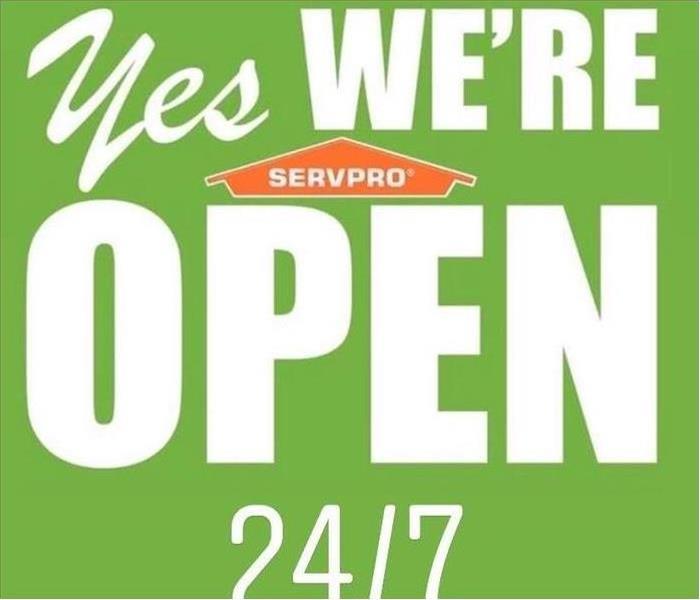 Open 24/7
Open 24/7
When a storm hits, sometimes it takes you by surprise. You may not have the immediate chance to grab what you need or even have it on hand at all. That is why it is so important to have a Storm Supply Kit ready to go.
A Storm Supply Kit could be described as a pre-chosen group of supplies that could assist with health and safety during or after a storm or disaster.
It would be ideal to keep a Storm Supply Kit at home, work , and in your vehicle.
Here are some supplies to keep in your kit:
1. Medications needed
2. first aid kit with instructions
3. flashlight
4. cash and important documents
5. food for several days
6. water for several days
7. clothing and shoes
8. pocket knife with tools attached
9. Sanitation wipes and hygiene products.
SERVPRO of Crescenta Valley / East Glendale is faster to any size disaster!
818-842-1400
Efflorescence
4/7/2022 (Permalink)
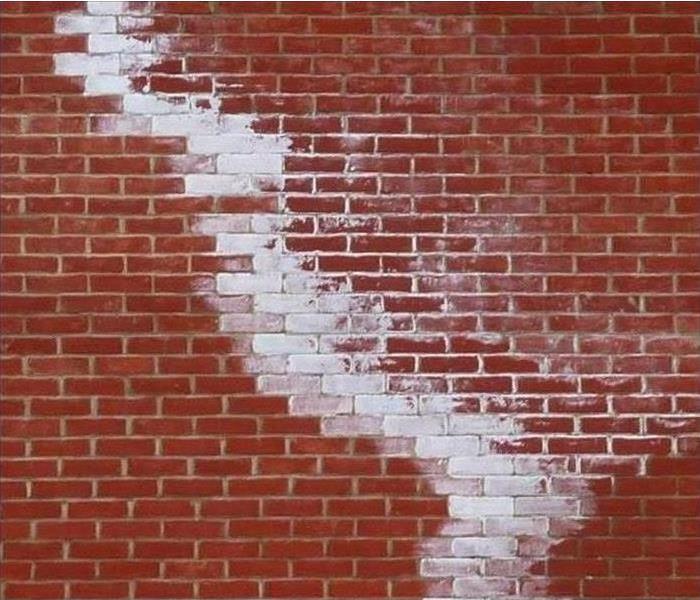 Efflorescence
Efflorescence
What is Efflorescence? The average homeowner and building manager comes across this all the time as it is a pretty common occurrence. Yet, understanding the cause of Efflorescence can be easier said than done. Allow us to unpack this subject a little more.
By definition, efflorescence is the formation of salt on the surface of porous materials (concrete, brick or plaster). Water in and of itself can be the carrier of parts of salt. In addition to this, porous materials often already have traces of salt from within. Now, once water travels through said materials, it often leaves behind traces of these salts or combines with pre-existing levels of salts. The sodium next migrates to the material's surface through the process of water evaporating. What you have left is crystallized salt on the surface – which often gets mistaken for mold!
- Efflorescence can occur in natural as well as developed environments. The effect often looks cosmetic but what it’s communicating is that water intrusion has/is occurring and needs to be addressed. It is important to note that over time this process can weaken structures and also lead to additional damage if not taken care of properly.
- Efflorescence can be removed with the application of various phosphoric acids, followed by a thorough rinsing of water. However, if the source of the water penetration is not taken care of, efflorescence may continue to occur. Contact your local contractor to help seal and strengthen your structure by creating vapor-permeable barriers to your porous materials - often attained through applying hydro-phobic sealers to keep the water out of your porous materials.
Hopefully next time you see some of this ‘puffy white snow’ (as our customers often describe it over the phone) coming out of your home or office - you can help diagnose the problem and prevent further damage.
Air Movers
4/7/2022 (Permalink)
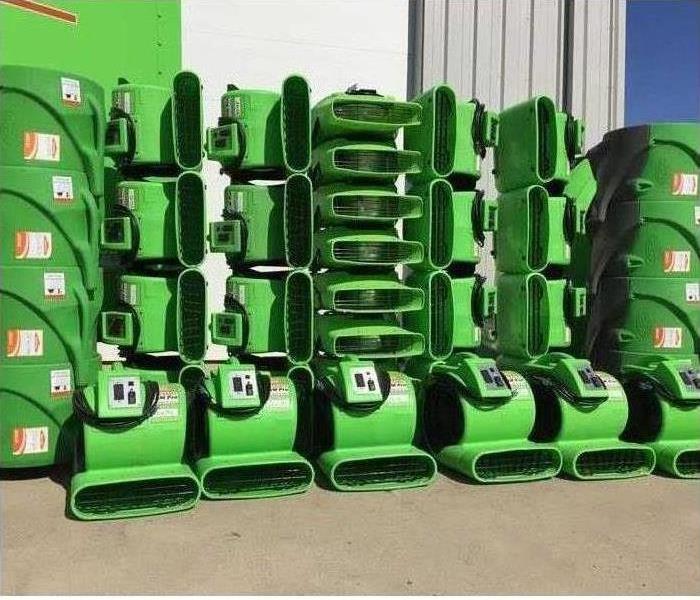 Air Movers
Air Movers
What’s an Air Mover?
Air movers (aka “industrial air blowers”, “commercial blower fans” or “floor drying fans”) are used in construction and water restoration projects, having a wide variety of industrial applications. Their primarily used to increase air circulation, which speeds up water evaporation and reduces drying time. Compressed air is also used to maximize airflow in a blower fan or air mover.
Air movers are an essential tool when mitigation services are needed due to water damage or restoring flood or disaster damage. Some advantages of drying a building with the use of air movers are as follows:
- Low power draw
- High velocity, making them ideal for cooling and ventilation purposes
- Reduces water damage dry out time to carpets and floors, as well as wall cavities behind drywall
- Dries concrete and paint
- Removing fumes or gases from a workspace
TYPES OF AIR MOVER UNITS
The type of air blower affects the speed and direction of airflow and the amount of space that can be covered by the air mover. There are three major types of air blower units used in most commercial dry out scenarios:
- Axial: Axial blowers are designed to move large amounts of air across a wide space. These tend to be larger air movers that produce high airflow. Unlike centrifugal air movers, which can direct air in several directions, axial air movers only move air horizontally. They’re ideal for drying walls or top-down drying treatments on carpets. They’re sometimes used for ventilation and equipment cooling.
- Centrifugal: This type offers a more compact air mover designed for spot treatments. Centrifugal air movers draw air from several sources and direct it to a particular spot. They are often used in restoration work to dry hard to reach areas like under cabinets and in crawl spaces and closets. Most centrifugal air movers can be adjusted to provide airflow at a few different angles. Centrifugal blowers are heavy-duty air movers that produce lower CFM than axial air movers.
- Compact: Compact air movers are versatile enough to be used for both large floor areas and small spot drying. With 1/4 horsepower motors, they still have the power to quickly and effectively dry areas, while also being quieter than centrifugal air movers and taking up less space. Small and lightweight, compact air movers are the perfect solution for drying small, hard-to-reach spaces such as closets, corners or under counters.
We at SERVPRO of Crescenta Valley / East Glendale will always assess each water damage situation independently and if our highly trained IICRC certified technicians determine that air movers are a necessary step to speed up the drying process, we have all the resources needed to help make it "Like it never even happened."
We sincerely hope these unfortunate situations never happen but if they do we are standing by 24/7 and can be reached at (818) 842-1400.
Basement Floods
4/7/2022 (Permalink)
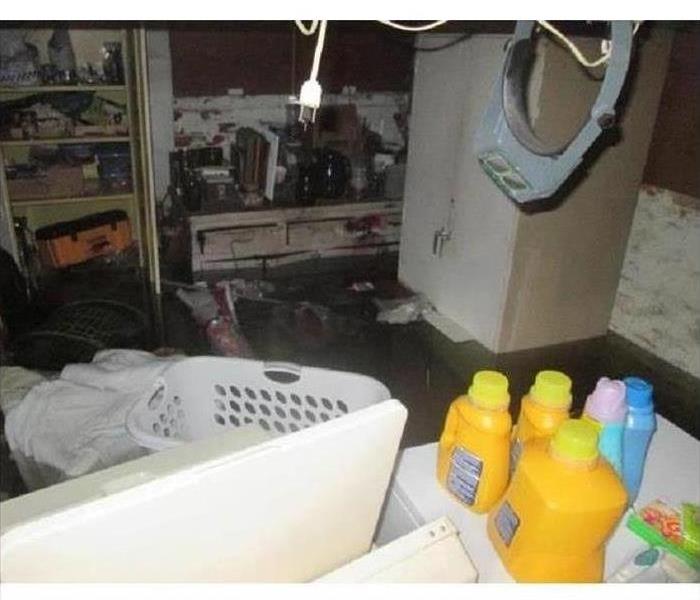 Basement Flood
Basement Flood
A basement can flood at any time, although flooding most often occurs during heavy rainfall. Basements are inherently prone to flooding because they are the lowest level of a building and are normally built partly or entirely below ground level. There are a number of reasons why your Crescenta Valley/East Glendale basement could flood, including:
- A blocked or failed sewer lateral pipe
- Heavy rain causes surface water to pool around your home
- Storm sewer backup
- Sanitary sewer backup
- Foundation drainage failure
- Water supply-line break or hot-water tank failure
- And many more
Have Questions about Basement Flooding?
Call Today – (818) 842-1400
If flood water is not handled quickly and properly, it can jeopardize your health and safety, and cause severe damage to your home’s structure. Remember, the longer you wait, the worse the problem will get.
The bottom line: a flooded basement can jeopardize your health, safety, and your home’s integrity. It’s worth making a call to SERVPRO of Crescenta Valley/East Glendale and let our trained, professional crews handle the situation safely and correctly. We have earned the trust of hundreds of homeowners, business owners, and property professionals.
We are Flooded Basement Specialists:
- We are Available 24 hours/7 days a week
- We’re a Preferred Vendor to many National Insurance Companies
- We Bill The Insurance Directly – One Less Thing For You To Worry About
- Our Technicians are Highly-Trained in Water Restoration Techniques
- We use s500 IICRC Restoration Standards
- Advanced Inspection and Extraction Equipment
Basement Flooded? Call Us Today – We’re Ready To Help (818) 842-1400





 24/7 Emergency Service
24/7 Emergency Service







